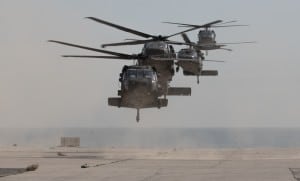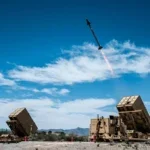
To fulfill all of the Army’s global responsibilities, soldiers typically spend as much time deployed as they do at home between missions, inspiring service leaders to see which missions might be scrapped to give troops more down time and ultimately beef up readiness for when they do ship out.“We are deploying at a higher rate now than we were, maybe, four or five years ago, at least at the peak of Afghanistan and Iraq in some ways,” Army Secretary Mark…

 By
By 








